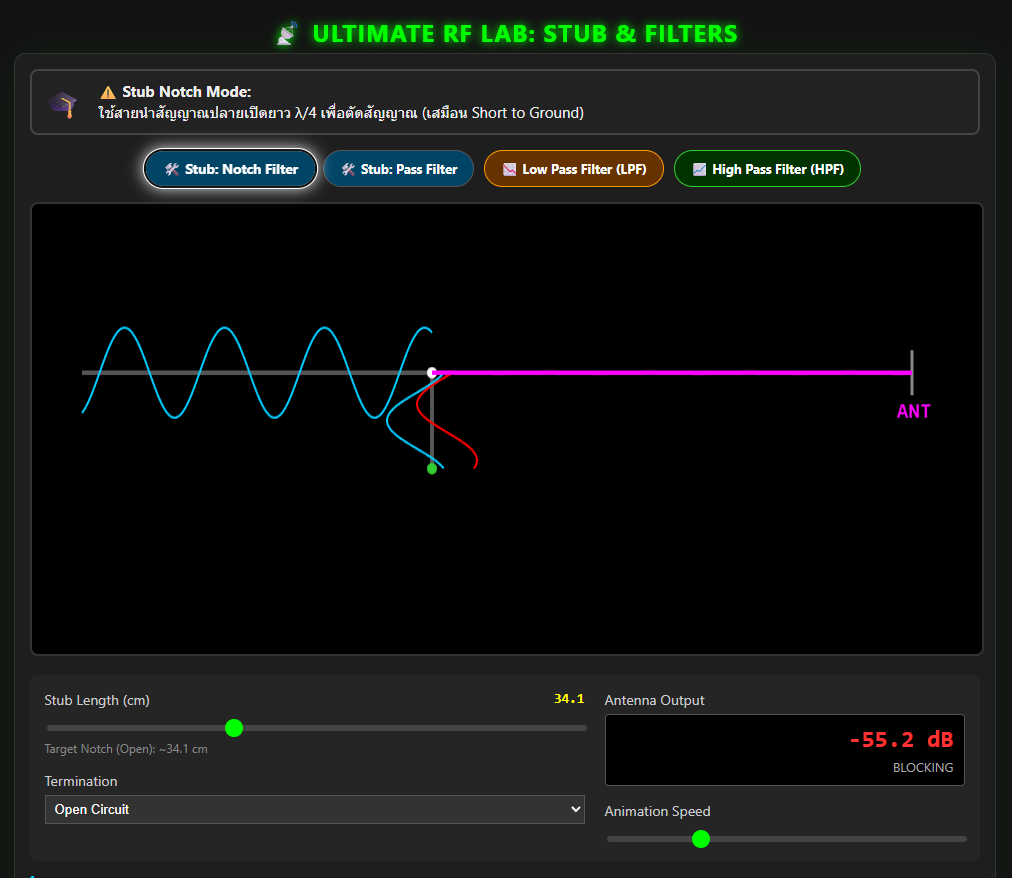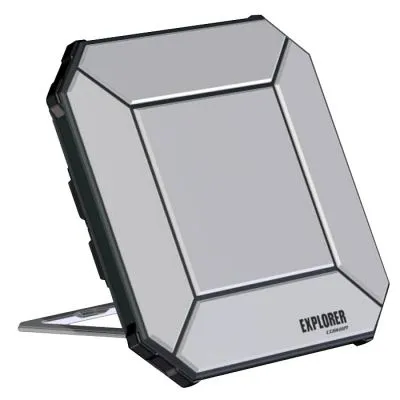amateur radio
free open source software
ham radio
mapping
propagation
radio frequency
amateur radio, emergency communications, field operations, ham radio software, hamradio, Linux Tools, longley rice model, open source, radio coverage, radio propagation, repeater planning, RF engineering, RF planning, signal analysis, SPLAT, SRTM, terrain analysis, UHF, VHF
9M2PJU
0 Comments
SPLAT! – Open Source RF Propagation Tool for Linux
If you’re into amateur radio and ever wondered how far your signal actually travels — or if you’re trying to pick the best location for a repeater — you’ll want to check out SPLAT!. It’s a free, open-source tool for Linux that gives you a surprisingly powerful way to model radio propagation over real terrain.
Whether you’re working on VHF/UHF coverage, planning an emergency comms setup, or just experimenting from your QTH, SPLAT! is one of those tools that deserves a spot in your RF toolbox.
🔍 What is SPLAT!?
SPLAT! stands for Signal Propagation, Loss, And Terrain analysis. It was created by John A. Magliacane (KD2BD) and has been around for years — trusted by radio amateurs, engineers, and researchers. It uses real-world terrain data (like SRTM) to predict signal coverage based on your transmitter’s power, antenna height, frequency, and the local geography.
📎 Official site: https://www.qsl.net/kd2bd/splat.html
🛠️ What SPLAT! Can Do
- Point-to-point signal analysis
- Coverage maps with terrain factored in
- Longley-Rice (ITM) propagation model support
- Ideal for VHF, UHF, and microwave planning
- Command-line based, scriptable, and lightweight
- Can import SRTM or DTED terrain data
✅ Why It’s Useful for Hams
- Repeater Planning: Check where your signal actually goes, not just line-of-sight theory.
- Portable Ops: Want to know if your hilltop QTH covers a town 50 km away? SPLAT! shows you.
- Emergency Comms: Model comms coverage for disaster scenarios or exercises.
- Noise Avoidance: Predict overlapping signals and avoid interference zones.
💻 How to Install SPLAT! on Linux
On Debian/Ubuntu:
sudo apt update
sudo apt install splat
Or build from source (latest version from the official site):
wget https://www.qsl.net/kd2bd/splat/splat-1.4.2.tar.gz
tar -xvzf splat-1.4.2.tar.gz
cd splat-1.4.2/src
make
sudo make install
🌍 Add Terrain Data
SPLAT! needs elevation data to do its magic. You can grab SRTM files from USGS or use converters like srtm2sdf to generate the necessary terrain files.
Example:
wget http://dds.cr.usgs.gov/srtm/version2_1/SRTM3/Eurasia/N03E101.hgt.zip
unzip N03E101.hgt.zip
srtm2sdf N03E101.hgt
📡 Basic Usage Example
Let’s say you’re modeling a UHF station at your QTH. Create a file called 9m2pju.qth with your coordinates and antenna height, then run:
splat -d 9m2pju.qth -erp 25 -frq 446.000 -haat 30 -t 9m2pju
You’ll get a text-based report and coverage map that considers actual terrain between your TX site and surrounding areas.
🗺️ Visualization Tips
You can convert SPLAT! outputs into KML files for use in Google Earth or visualize with QGIS for more advanced mapping. This makes it easier to present coverage results to your club, event team, or civil defense group.
⚡ Final Thoughts
SPLAT! isn’t flashy. There’s no GUI, no drag-and-drop interface, and no hand-holding. But once you learn the basics, it’s incredibly powerful — especially for hams who care about doing things right and understanding how terrain affects their signal.
🔗 More info, docs, and downloads:
👉 https://www.qsl.net/kd2bd/splat.html







Post Comment